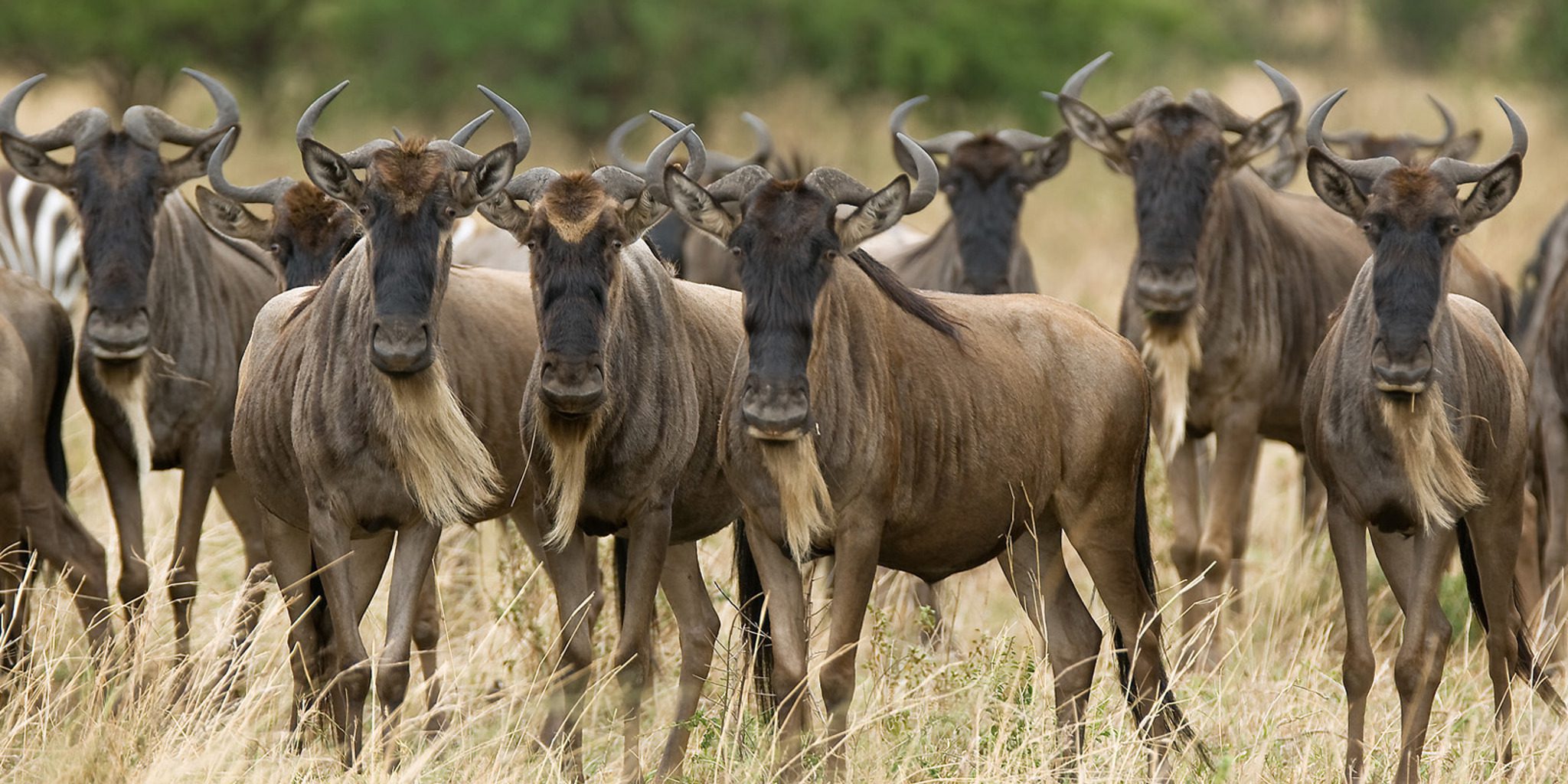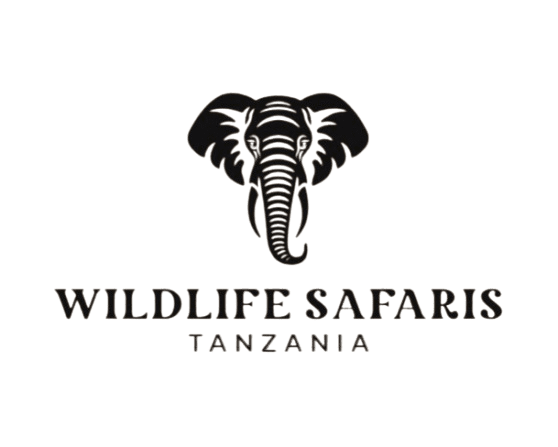Park Fees and Passes for Serengeti National Park
Before setting off to explore the boundless plains of Serengeti National Park, it is important to understand how the park’s fee structure works, because it forms a significant part of your safari planning. These fees are not simply charges for entry; they are direct contributions to the protection of one of Africa’s last great wilderness areas. They support anti-poaching operations, habitat restoration, ranger welfare, community programs, and the overall sustainability of the Serengeti ecosystem. Every traveler who enters the park, whether for a day’s game drive or an extended expedition across its varied landscapes, is required to pay conservation fees that cover a 24-hour period. This means that your timing matters, and knowing how these passes operate allows you to plan your travel days more efficiently.
Entry and Conservation Fees for Visitors
The Serengeti uses a tiered system that differentiates between non-resident international tourists, Tanzanian residents, and East African citizens. For international visitors aged sixteen and above, the entry fee is generally in the range of sixty to seventy US dollars per person for every twenty-four hours spent inside the park, depending on the season. Younger travelers between five and fifteen years old enjoy significantly reduced rates, and children under the age of five are welcomed free of charge. Travelers from East African Community countries, as well as Tanzanian residents, pay a much smaller amount in local currency, which makes regional exploration more accessible. These conservation fees form the foundation of your Serengeti experience and ensure that your time in the park directly supports its preservation.
Overnight Concession Fees for Staying Inside the Park
If your safari takes you into the heart of the Serengeti for an overnight stay—whether in a mobile tented camp, mid-range lodge, or luxury safari property—you will be required to pay a concession fee in addition to the daily entry fee. This concession charge applies for every night spent inside the park boundaries and is structured per person. For international non-residents, this fee usually stands at around sixty US dollars per adult per night, with lower rates for children. East African residents and citizens again enjoy reduced pricing, allowing them to experience the magic of waking up to lion calls, rustling grasses, and the raw beauty of nature at a more accessible cost. These concession fees help maintain the campsites, support environmental management, and ensure minimal human impact within the protected areas.
How Vehicle Admission Works for Safaris
For travelers entering Serengeti National Park with a vehicle, there are additional fees based on the size, type, and registration of the vehicle. Whether you are on a guided safari using a commercial tour vehicle, or you are self-driving across Tanzania’s northern circuit, your vehicle’s category determines the cost of entry. Smaller private cars, mid-sized safari vehicles, and larger trucks all carry different charges, and foreign-registered vehicles often attract higher fees than local ones. These vehicle charges support road maintenance, wildlife corridor protection, and the overall regulation of traffic within the park, ensuring that the Serengeti’s delicate balance remains uninterrupted even during its busiest travel seasons.
Filming and Professional Photography Permits
The Serengeti offers an unparalleled backdrop for documentary filmmakers, travel creators, and photographers seeking to capture Africa’s wildlife in its truest form. While casual tourist photography is encouraged and does not require any special approvals, professional filming or commercial photography requires an additional permit issued specifically for production activities. The fees for commercial filming are higher and calculated per day, reflecting the extensive support, oversight, and conservation considerations needed when professional crews work in such a sensitive environment. Understanding these requirements in advance ensures a smooth, compliant, and respectful creative experience in the park.
Planning Your Safari Budget with Park Fees in Mind
One of the most important elements of planning a Serengeti safari is understanding that park fees operate on a strict twenty-four-hour cycle. This means your entry time sets the clock for your next day’s charges, and being strategic about when you enter or exit the park can help you manage your budget more efficiently. If you are staying at a lodge inside the Serengeti, your total cost will include both the daily conservation fee and the nightly concession fee, in addition to your accommodation package. Many organized tours include all these charges within their overall pricing, making it easier for travelers to enjoy the wilderness without dealing directly with payment gates. However, self-drive adventurers and overlanders must settle these fees at designated park entry points using approved electronic systems.
Supporting Conservation Through Your Park Fees
Every dollar contributed through Serengeti park fees plays a role in protecting the heritage of Tanzania’s most iconic landscape. These funds go toward safeguarding endangered species, supporting local communities living around the park, maintaining trails, managing wildlife corridors, and ensuring future generations can experience the breathtaking spectacles that define the Serengeti. Understanding how these fees are structured allows travelers to appreciate the value of responsible tourism and recognize that their presence contributes positively to the survival of one of the world’s most extraordinary natural environments.









